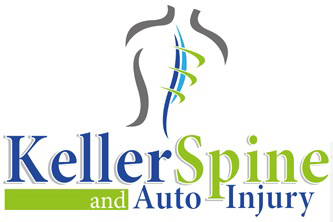We must all focus on lowering bad cholesterol.
Perhaps one of the biggest health myths propagated in western culture and certainly in the United States, is the misuse of an invented term “bad cholesterol” by the media and medical community. Moreover, a scientifically-naive public has been conned into a fraudulent correlation between elevated cholesterol and cardiovascular disease (CVD). Cholesterol has not been shown to actually cause CVD. To the contrary, cholesterol is vital to our survival, and trying to artificially lower it can have detrimental
effects, particularly as we age.
We have become a culture so obsessed with eating foods low in cholesterol and fat that many health experts are now questioning the
consequences. Could we really maintain a dietary lifestyle that was so foreign to many of our ancestral populations without any ill effects on our health? Many researchers are now concluding that the answer to that question is “NO.” Current data is now suggesting that lower cholesterol levels predate the development of cancer.
The ‘noddy-science’ offered by marketing men to a generally scientifically-naive public has led many people to believe that we
should replace certain food choices with specially developed products that can help ‘reduce cholesterol’. Naturally this comes at a price and requires those who can afford it to pay maybe four or five times what a ‘typical ordinary’ product might cost. But is this apparent ‘blanket need’ to strive towards lowering our cholesterol justified? And, indeed, is it healthy?
The cholesterol itself, whether being transported by LDL or HDL, is exactly the same. Cholesterol is simply a necessary ingredient that is required to be regularly delivered around the body for the efficient healthy development, maintenance and functioning of our cells. The difference is in the ‘transporters’ (the lipoproteins HDL and LDL) and both types are essential for the human body’s delivery logistics to work effectively.
Problems can occur, however, when the LDL particles are both small and their carrying capacity outweighs the transportation potential of available HDL. This can lead to more cholesterol being ‘delivered’ around the body with lower resources for returning excess capacity to the liver.



